How many species of squirrels?
Introduction:
There are over 200 species of squirrels that belong to the Sciuridae family. These species can be found all over the world, except in Australia and Antarctica. Squirrels are known for their bushy tails, sharp claws, and strong hind legs. They vary in size, color, and behavior, adapting to a wide range of environments, from forests to urban areas. Some well-known types of squirrels include the Eastern Gray Squirrel, Red Squirrel, Fox Squirrel, and Flying Squirrel. The exact number of squirrel species may change as new species are discovered or taxonomic revisions occur.
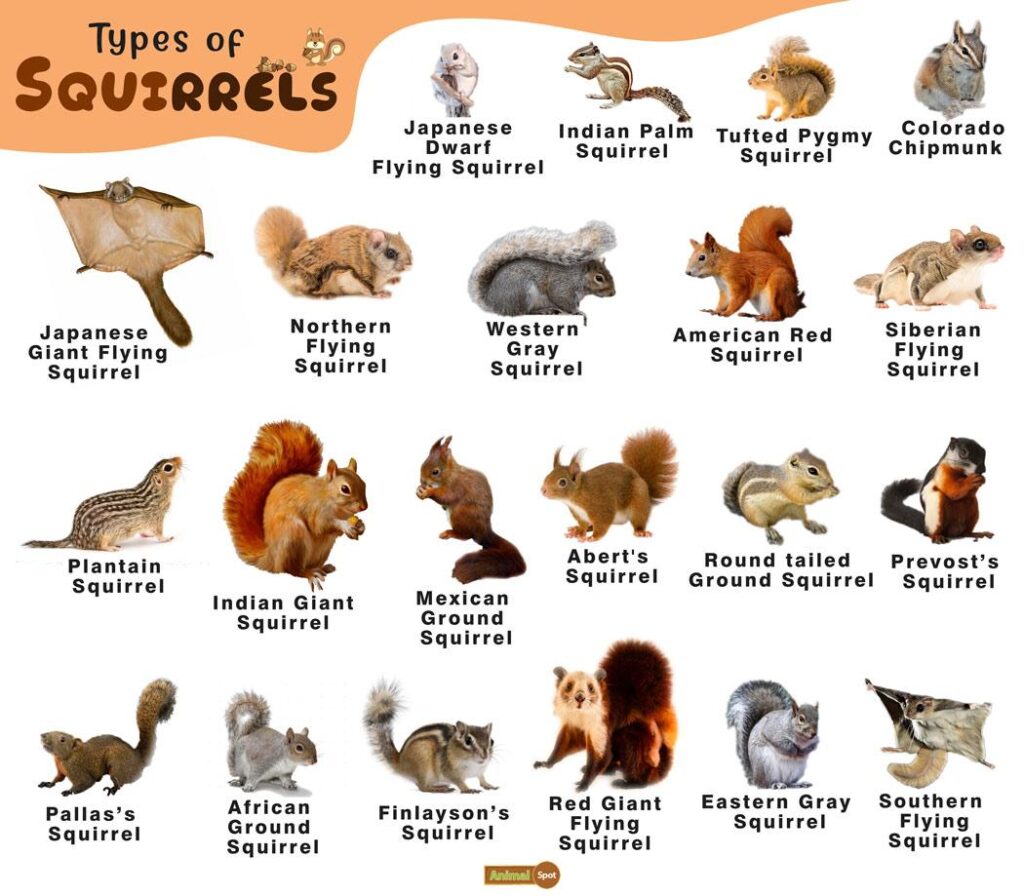
Taxonomy of squirrels:
Kingdom: Animalia
Phylum: Chordata
Subphylum: Vertebrata
Class: Mammalia
Order: Rodentia
Suborder: Sciuromorpha
- Includes squirrels, chipmunks, marmots, and prairie dogs.
Family: Sciuridae
- The family that includes tree squirrels, ground squirrels, chipmunks, marmots, flying squirrels, and prairie dogs.
Within the family Sciuridae, there are various genera and species of squirrels. Some common genera include:
- Genus Sciurus: Includes many tree squirrels, such as the Eastern Gray Squirrel (Sciurus carolinensis).
- Genus Tamias: Includes chipmunks.
- Genus Marmota: Includes marmots.
- Genus Ratufa: Includes giant squirrels.
- Genus Urocitellus: Includes ground squirrels.
The taxonomy may be further refined into species, subspecies, and sometimes even smaller divisions based on genetic, morphological, and ecological differences.
Habitat:
- Squirrels are found in a variety of environments, ranging from forests and woodlands to urban and suburban areas.
- They are adaptable and can thrive in different ecosystems around the world, with the exception of Australia and Antarctica.
Diet:
- Squirrels are primarily herbivores, with a diet that includes nuts, seeds, fruits, fungi, and green vegetation.
- Some species may also consume insects, eggs, and small vertebrates.
Behavior:
- Squirrels are known for their agility and acrobatic skills. They are capable of jumping, climbing, and running with great speed.
- Many species of squirrels are arboreal, spending a significant amount of time in trees, while ground squirrels may burrow in the ground.
Reproduction:
- Squirrels typically have multiple litters of young each year.
- The gestation period varies but is generally around a month. Baby squirrels are called kits, and they are born hairless and blind.
- The mother cares for the young until they are able to fend for themselves.
Types of Squirrels:
Most known types:
Eastern Gray Squirrel (Sciurus carolinensis):
- Found in eastern North America, it has gray fur with a white underside.
- Known for its adaptability to urban environments.
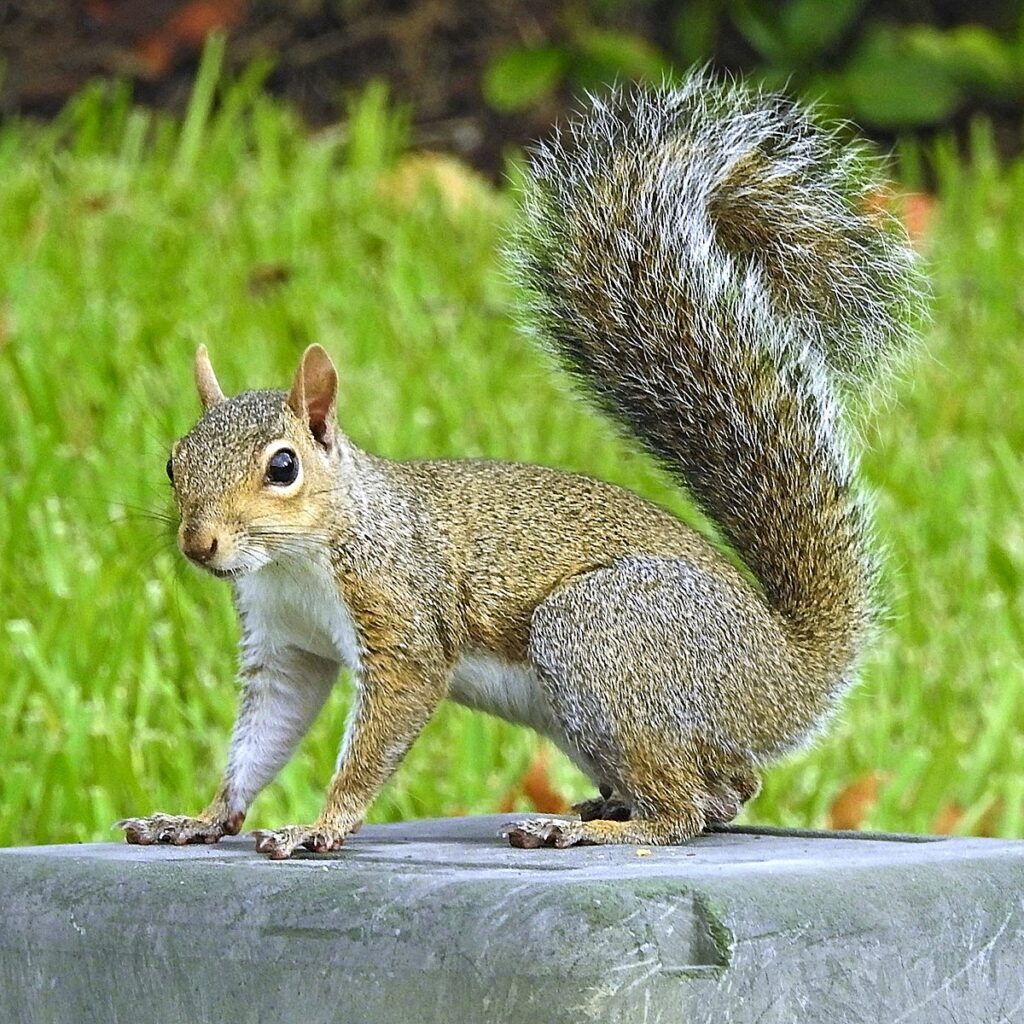
Red Squirrel (Sciurus vulgaris):
- Native to Europe and parts of Asia, it has reddish-brown fur.
- Often found in coniferous forests.
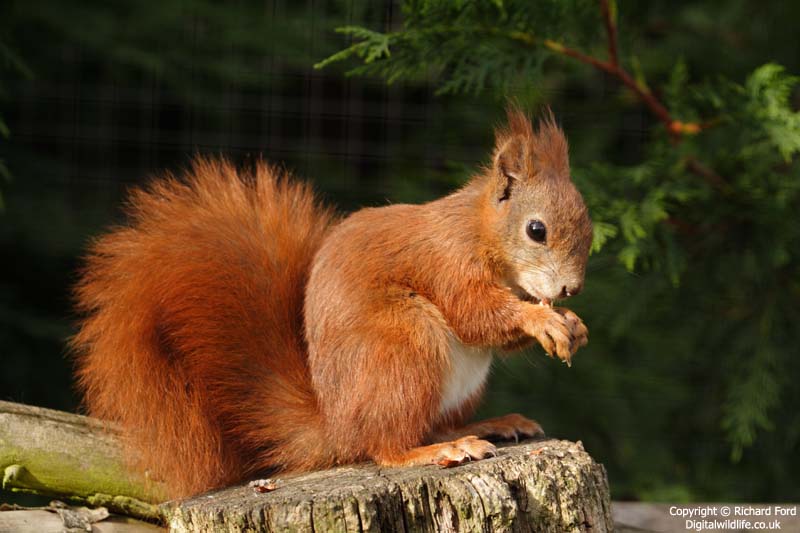
Fox Squirrel (Sciurus niger):
- Larger than other tree squirrels, with a rust-colored belly.
- Native to North America, particularly in wooded and urban areas.
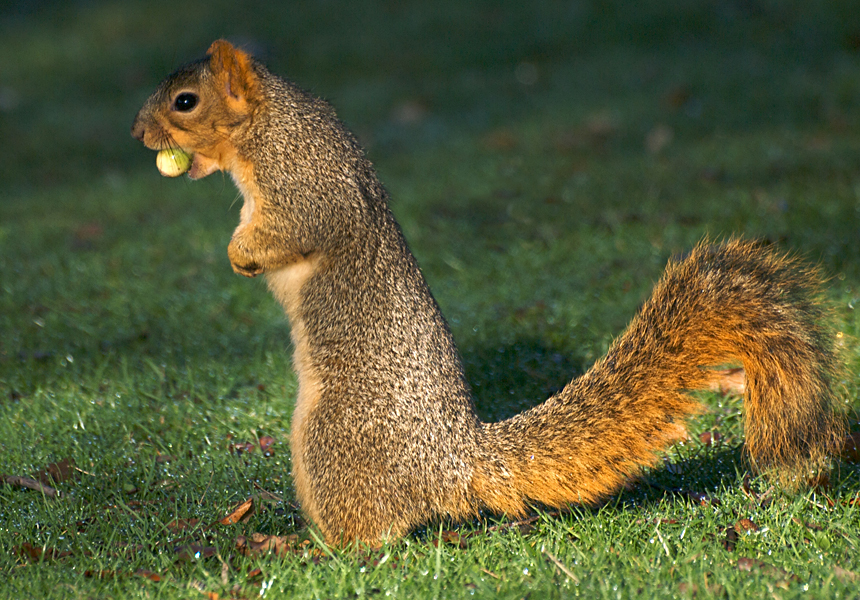
American Red Squirrel (Tamiasciurus hudsonicus):
- Found in North America, it is smaller than the Eastern Gray Squirrel.
- Has a distinctive rusty-red back and white belly.

Flying Squirrel (Various species):
- Includes several species like the Northern Flying Squirrel and Southern Flying Squirrel.
- Nocturnal and known for their gliding ability facilitated by a membrane called the patagium.
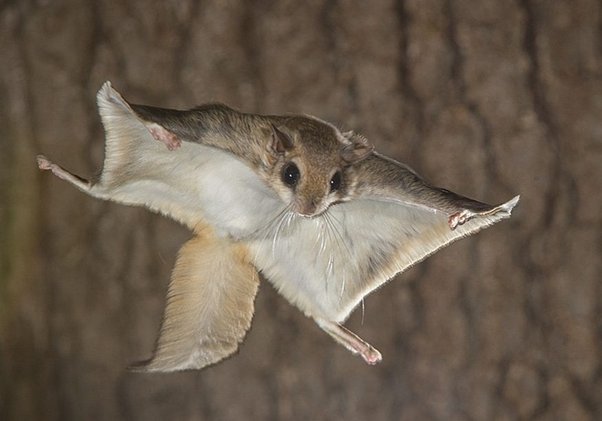
Malabar Giant Squirrel (Ratufa indica):
- Native to India, it is known for its vibrant and varied coat colors.
- Lives in the treetops of tropical forests.

Arctic Ground Squirrel (Urocitellus parryii):
- Found in the Arctic and subarctic regions of North America.
- Known for its ability to withstand cold temperatures and hibernate for long periods.

Communication:
- Squirrels communicate using a variety of vocalizations, including chirps, barks, and squeals.
- They also use their tails for signaling, such as flicking their tails when they are agitated or using them for balance.
Interaction with Humans:
- Squirrels are known for their interactions with humans, especially in urban areas where they may forage for food in parks and gardens.
- They can sometimes be considered pests when they damage crops or invade attics, but many people also enjoy watching and feeding them.
Hibernation:
- While not all species hibernate, some squirrels do enter a state of torpor during the winter months, where their metabolic rate decreases, and they may sleep for extended periods.
Squirrels play important roles in ecosystems by dispersing seeds, contributing to plant regeneration, and serving as prey for various predators. Their adaptability and diverse characteristics make them fascinating creatures to study and observe.